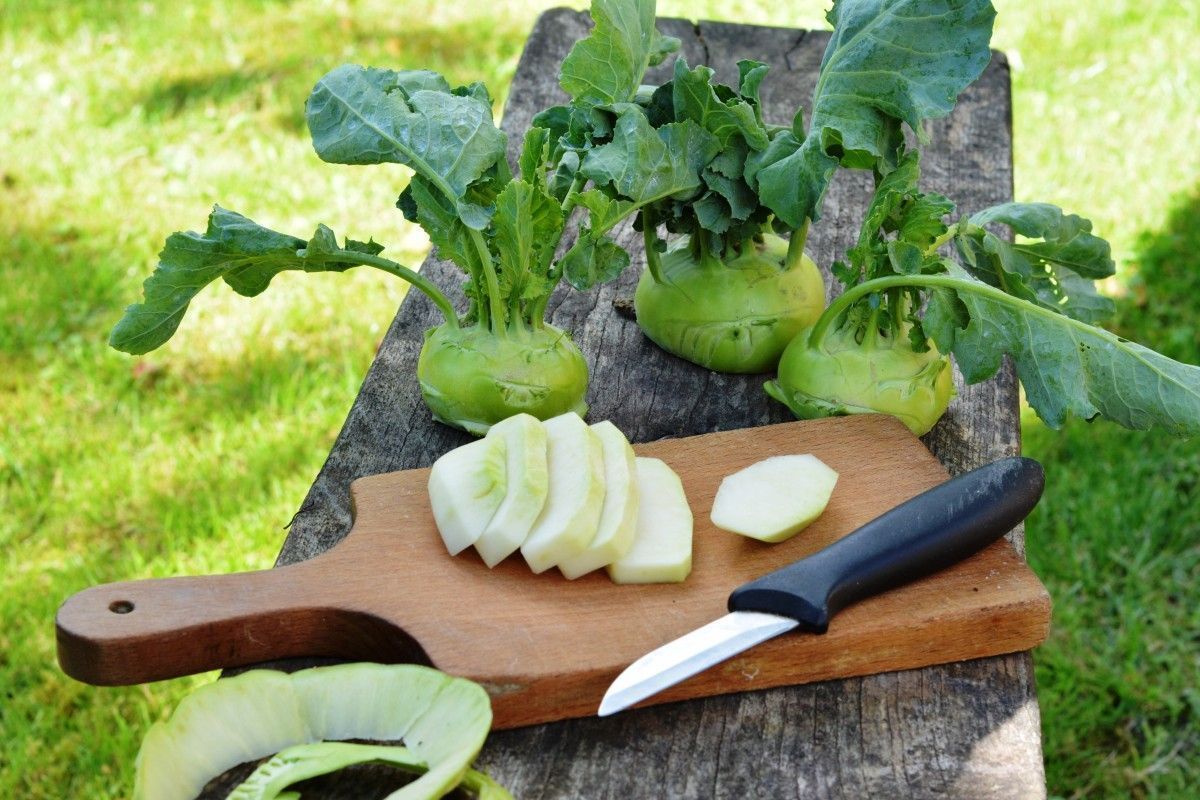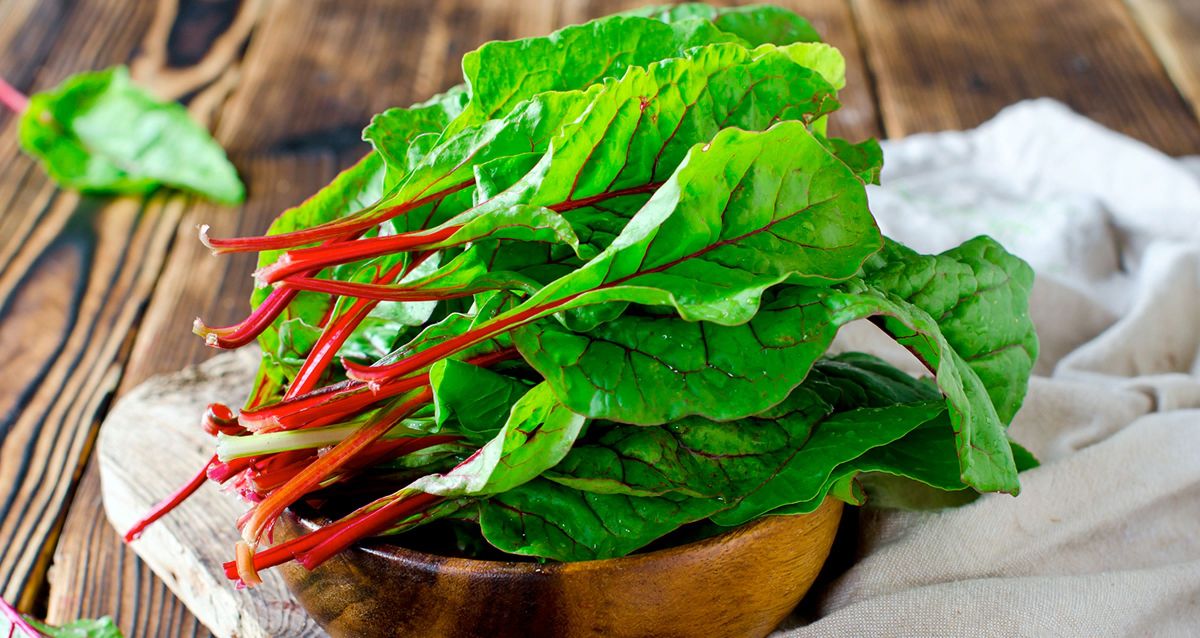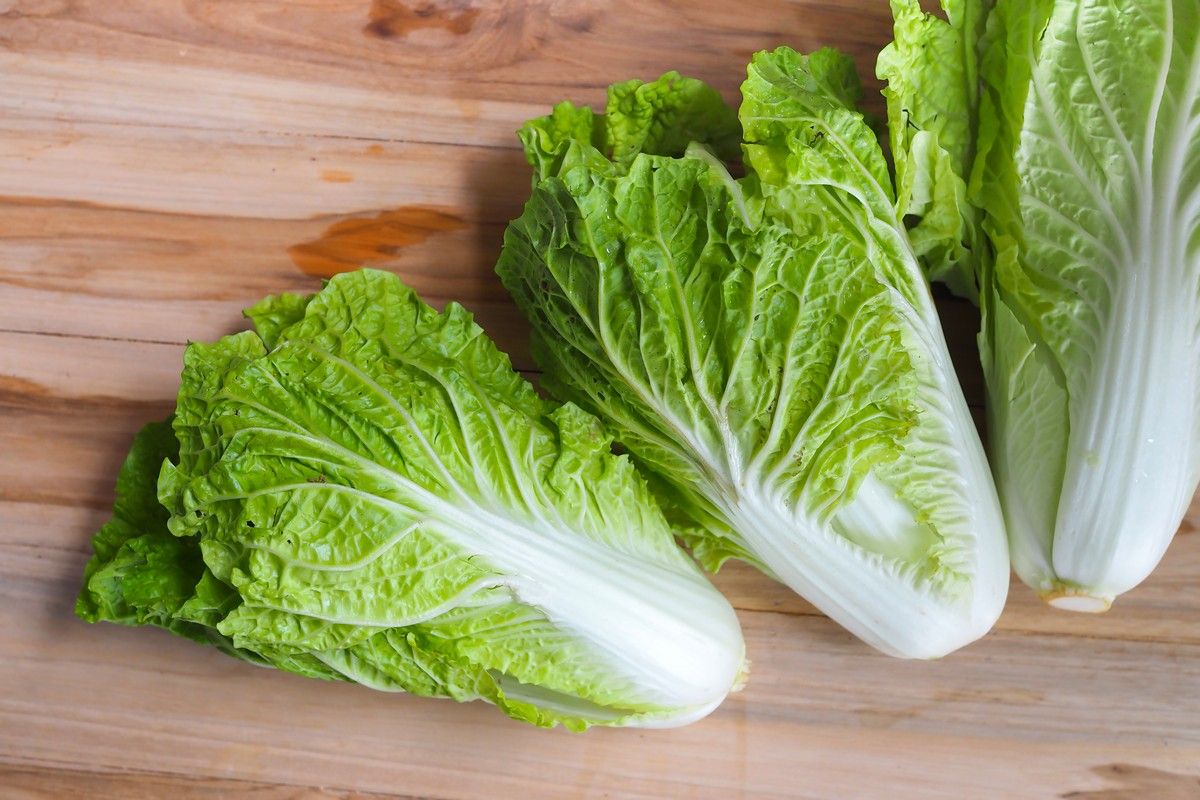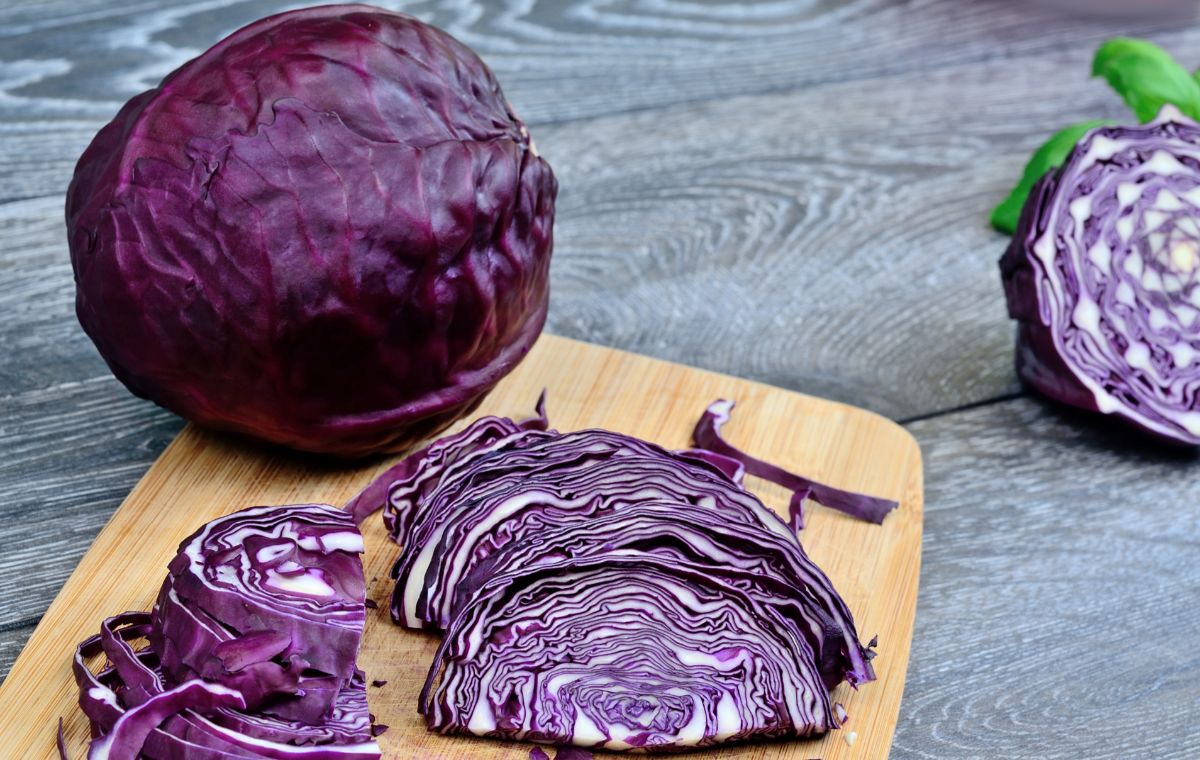7 beneficial properties of kale salad for the human body
Kale cabbage (also known as kale lettuce or curly cabbage) is an annual herbaceous plant belonging to the Cruciferous family. The first mention of the vegetable dates back to the 4th century BC in Ancient Greece.
The plant contains many antioxidants, vitamins and minerals. Especially noteworthy is the extremely high content of vitamins K and C, as well as calcium.
According to scientists, kale cabbage brings tangible benefits to humans, as it has a beneficial effect on the health of the endocrine and cardiovascular systems, reduces the risk of malignant neoplasms and pathologies of the visual organs, and also contributes to weight loss.
How it is useful – 7 theses
Below are the 7 main useful properties of cale, which have been scientifically proven.
1. A rich source of vitamins and minerals
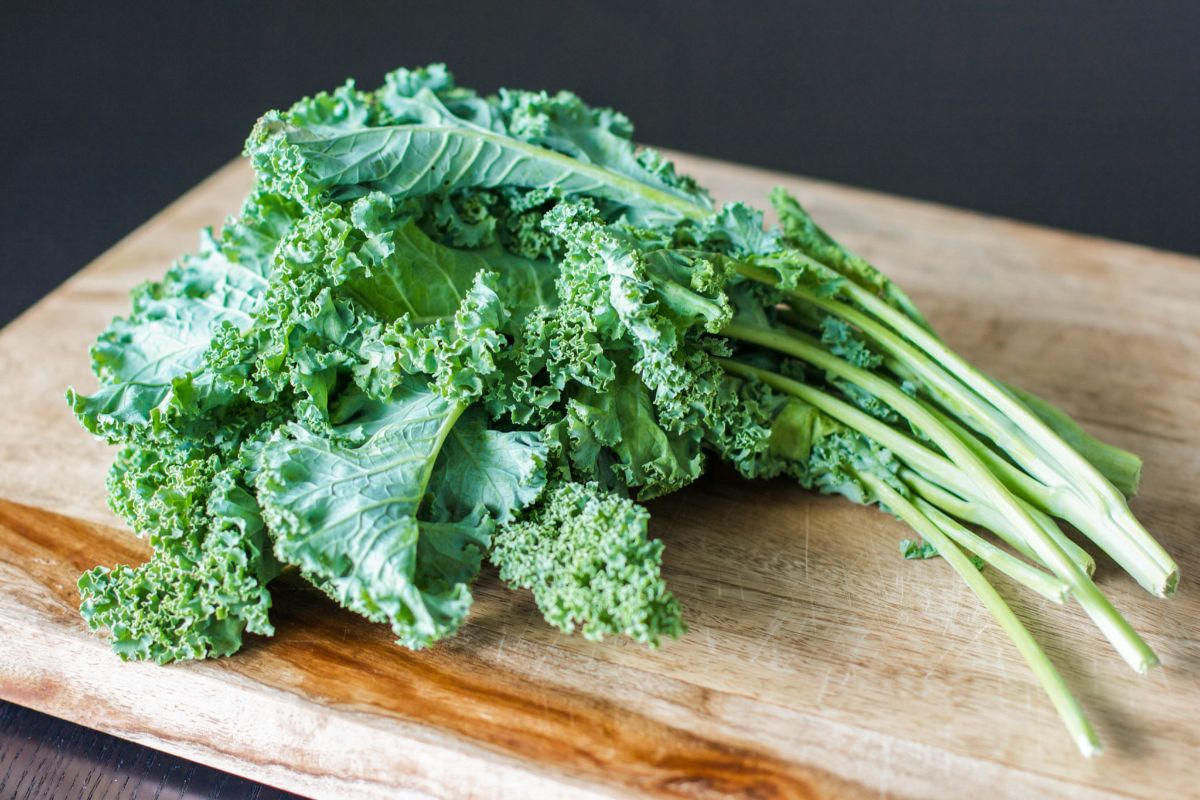
Kale cabbage has a relatively low calorie content (50 calories per 100 grams) and contains the following biologically active substances (per 100 grams):
| Name of the component | Percentage of the recommended daily requirement |
| Vitamin A | 307 % |
| Vitamin K | 1020 % |
| Vitamin C | 200 % |
| Vitamin B6 | 13,5 % |
| Manganese | 39 % |
| Calcium | 13,5 % |
| Copper | 15 % |
| Potassium | 13,5 % |
| Magnesium | 9 % |
The plant contains a small amount of iron, phosphorus, and B vitamins (B1, B2, B3).
Cabbage also rich in fiber and contains little fat, most of which is represented by omega-3 fatty acids.
2. Weight loss
 Kale is a low–calorie product with a high water content in the composition.
Kale is a low–calorie product with a high water content in the composition.
According to research data, the consumption of this kind of vegetables is associated with a low incidence of overweight and obesity.
Works of American scientists show that the inclusion of at least two dishes based on similar vegetables in the daily diet leads to a more effective loss of body weight than eating other foods with similar energy value.
3. The presence of antioxidants
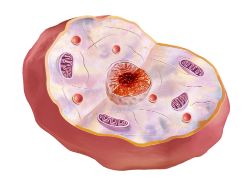 According to the data scientists, curly cabbage contains a lot of antioxidants: flavonoids, polyphenols, vitamin C and beta-carotene.
According to the data scientists, curly cabbage contains a lot of antioxidants: flavonoids, polyphenols, vitamin C and beta-carotene.
Antioxidants neutralize the effects of free radicals on all cells of the body and can prevent the development of many chronic pathologies from the endocrine and cardiovascular systems, as well as malignant cell transformation.
In one of the major foreign literature reviews is indicated that the described antioxidants have a pronounced antihypertensive, anti-inflammatory, antiviral, anticancer and antidepressant effect.
4. Lowering cholesterol levels
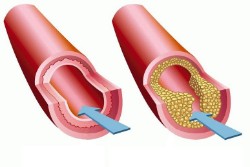 High levels of total cholesterol, as well as its atherogenic fractions (LDL, VLDL, TAG) in the blood are a key risk factor for the appearance of atherosclerotic plaques on the walls of arteries and the manifestation of diseases such as coronary heart disease, myocardial infarction, stroke, etc.
High levels of total cholesterol, as well as its atherogenic fractions (LDL, VLDL, TAG) in the blood are a key risk factor for the appearance of atherosclerotic plaques on the walls of arteries and the manifestation of diseases such as coronary heart disease, myocardial infarction, stroke, etc.
Proven that there are a number of substances in the composition of cale that block the absorption of bile acids in the lumen of the gastrointestinal tract and, thereby, reduce cholesterol levels in the blood.
According to research, when drinking kale cabbage juice for 12 weeks, there is a decrease in LDL by 10%, as well as an increase in "useful" cholesterol (HDL), which prevents the development of atherosclerosis, by 27%.
5. Maintaining bone strength
 Curly cabbage is the leader in vitamin K content. Only 10 grams of cabbage satisfy the body's daily need for this substance.
Curly cabbage is the leader in vitamin K content. Only 10 grams of cabbage satisfy the body's daily need for this substance.
Experts from the Netherlands claim that vitamin K regulates the synthesis of an important structural element of bone tissue – osteocalcin. With a deficiency of this element, there is a decrease Bone mineral density , pathological fractures appear.
6. Anticancer effect
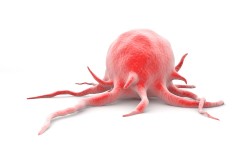 Curly cabbage is rich in substances with antitumor activity. These include: sulforaphane
and
indole-3-carbinol
.
Curly cabbage is rich in substances with antitumor activity. These include: sulforaphane
and
indole-3-carbinol
.
The plant protects the human body from cancer due to mechanisms such as:
- Activation of foreign cell death processes;
- Blocking the invasion and metastasis of a malignant tumor;
- Reducing the susceptibility of body cells to carcinogenic substances.
The inclusion of kale salad in the diet helps to reduce the risk of developing oncological diseases.
7. Protection of the organs of vision
 With age, many evolutionary changes are observed in the body, which primarily affect the central nervous system and the eyes.
With age, many evolutionary changes are observed in the body, which primarily affect the central nervous system and the eyes.
Curly cabbage contains lutein and zeaxanthin, powerful antioxidants that reduce the risk of degenerative pathologies of the ophthalmic apparatus.
French scientists proved the effectiveness of cale in reducing the risk of early cataract development, and specialists from the UK demonstrated effectiveness in the prevention of macular degeneration.
Possible harm
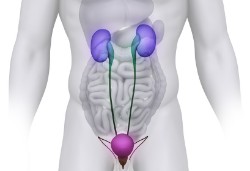 Despite all the medicinal properties, kale cabbage has important contraindications:
Despite all the medicinal properties, kale cabbage has important contraindications:
- Urolithiasis. Cabbage contains oxalic acid, which promotes the formation of new concretions in the lumen of the urinary tract.
- Impaired renal function. Curly cabbage is a source of potassium, the excretion of which from the body slows down with a decrease in kidney function. Hyperkalemia can cause seizures or cardiac arrest.
- Taking beta blockers. This group of drugs provokes an increase in the concentration of potassium in the blood. Additional sources of potassium are not desirable in this case.
- Taking medications that reduce blood viscosity. The combined use of kale cabbage with anticoagulants, disaggregants or thrombolytics reduces the effectiveness of the latter and increases the risk of thrombotic or thromboembolic complications. The reason is the presence of large amounts of vitamin K in cabbage, which activates the blood clotting system.
- Varicose veins of the lower extremities. Varicose veins are a potential source of blood clots. The plant significantly increases the likelihood of their formation.
- Allergic reactions for any representatives of the Cruciferous family in the anamnesis.
Cale is recommended for women during pregnancy, as it contains the necessary vitamins and minerals for the adequate formation of fetal organs and tissues. However, it is necessary to normalize consumption – no more than 30-50 grams per day.
Curly cabbage has contraindications that are important to consider.
Rules of use
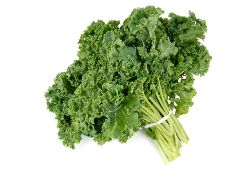 The most useful way to eat kale cabbage is in its raw form. Any heat treatment leads to a decrease in the concentration of vitamins and antioxidants in the composition.
The most useful way to eat kale cabbage is in its raw form. Any heat treatment leads to a decrease in the concentration of vitamins and antioxidants in the composition.
If it is impossible to abandon the thermal effect, preference should be given to steaming.
The main dishes based on curly cabbage include:
- Vegetable soups. The preferred option is okroshka (there is no heat treatment).
- Side dish for meat. It is combined with all kinds of meat and poultry.
- Salads. It is recommended to tear cabbage leaves with your hands, since upon contact with the metal surface of the knife, oxidation occurs and the biological potential of the plant decreases slightly.
- Smoothies, smoothies, juices.
Below is a method of cooking the simplest dish based on cabbage kale smoothie.
Ingredients:
- 4 medium-sized pears;
- 5 cale leaves;
- 10-15 grams of mint;
- 400 ml of water.
For cooking, mix all the ingredients and grind to a homogeneous creamy mass in a blender.
Conclusion
- Kale contains a significant amount of vitamins, minerals and antioxidant substances.
- Against the background of consumption, there is a decrease in the incidence of cardiovascular and endocrine diseases.
- Cabbage strengthens bones, improves eyesight and reduces body weight.
- It is necessary to correctly approach the inclusion of the plant in the diet due to the presence of contraindications.
